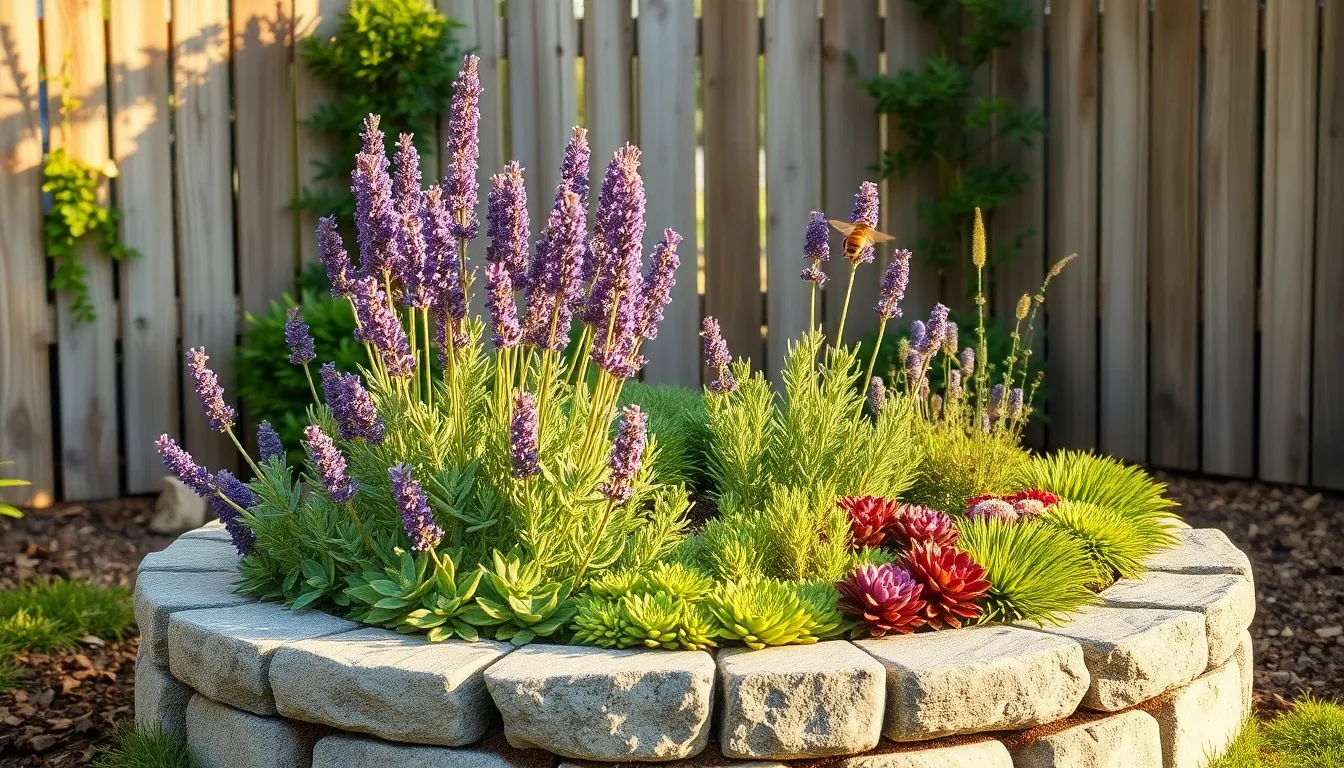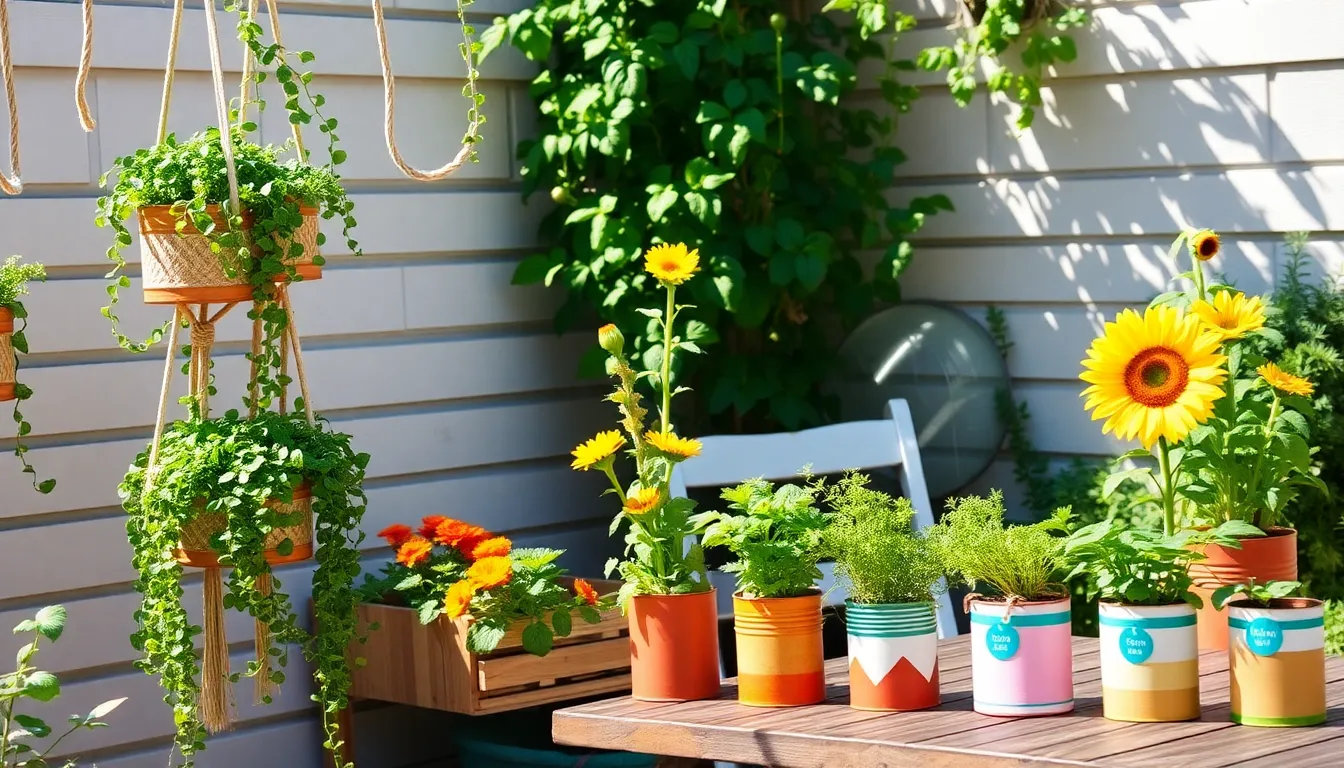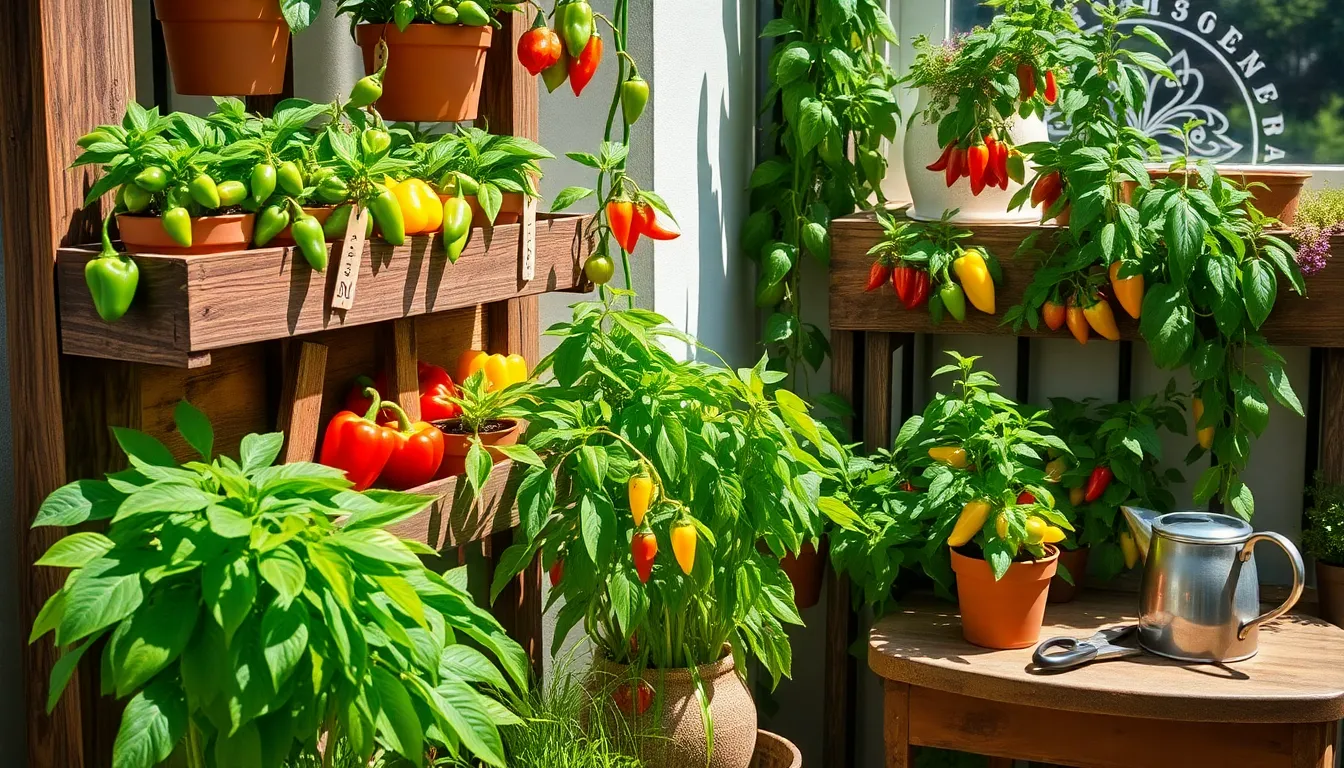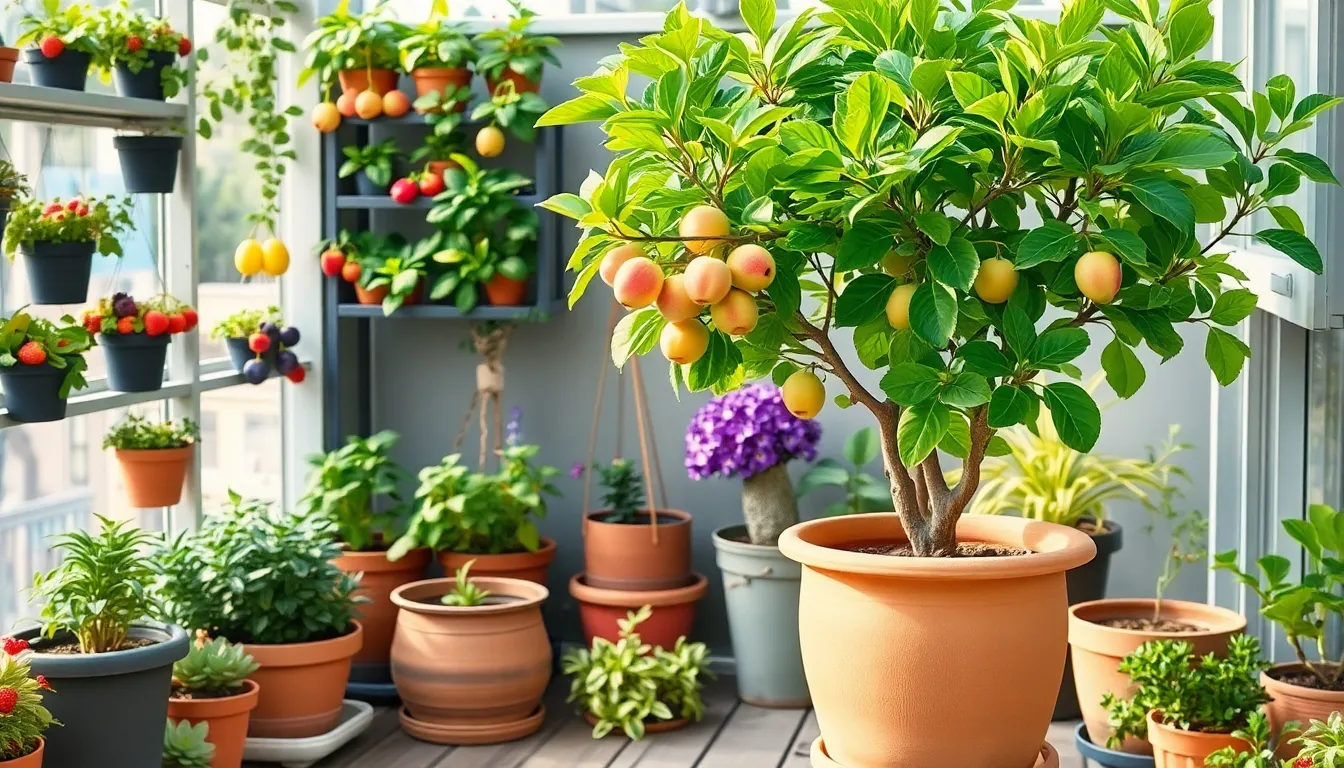Gardening is a delightful journey that transforms mere patches of earth into vibrant, living canvases, brimming with life and color. Whether you’re just starting out or have years of experience under your belt, “Best Outdoor Plants for Small Yards” is your trusty companion, designed to help you maximize every inch of your precious outdoor space.
In this guide, you’ll discover a curated list of stunning plants perfectly suited for compact gardens, each chosen for its beauty, resilience, and ease of care. These plants aren’t just about aesthetics; they’re about creating a sanctuary that brings joy and tranquility right to your doorstep, making your gardening efforts feel truly rewarding.
You’ll also find practical tips and techniques to ensure that even the most modest yard can flourish with greenery and life. With the right plants and a bit of guidance, you’ll gain the confidence to transform your small outdoor area into a lush haven that celebrates the wonders of nature, reminding you that successful gardening is well within your reach.
Dwarf Boxwood Shrubs (Low-Maintenance Greenery)
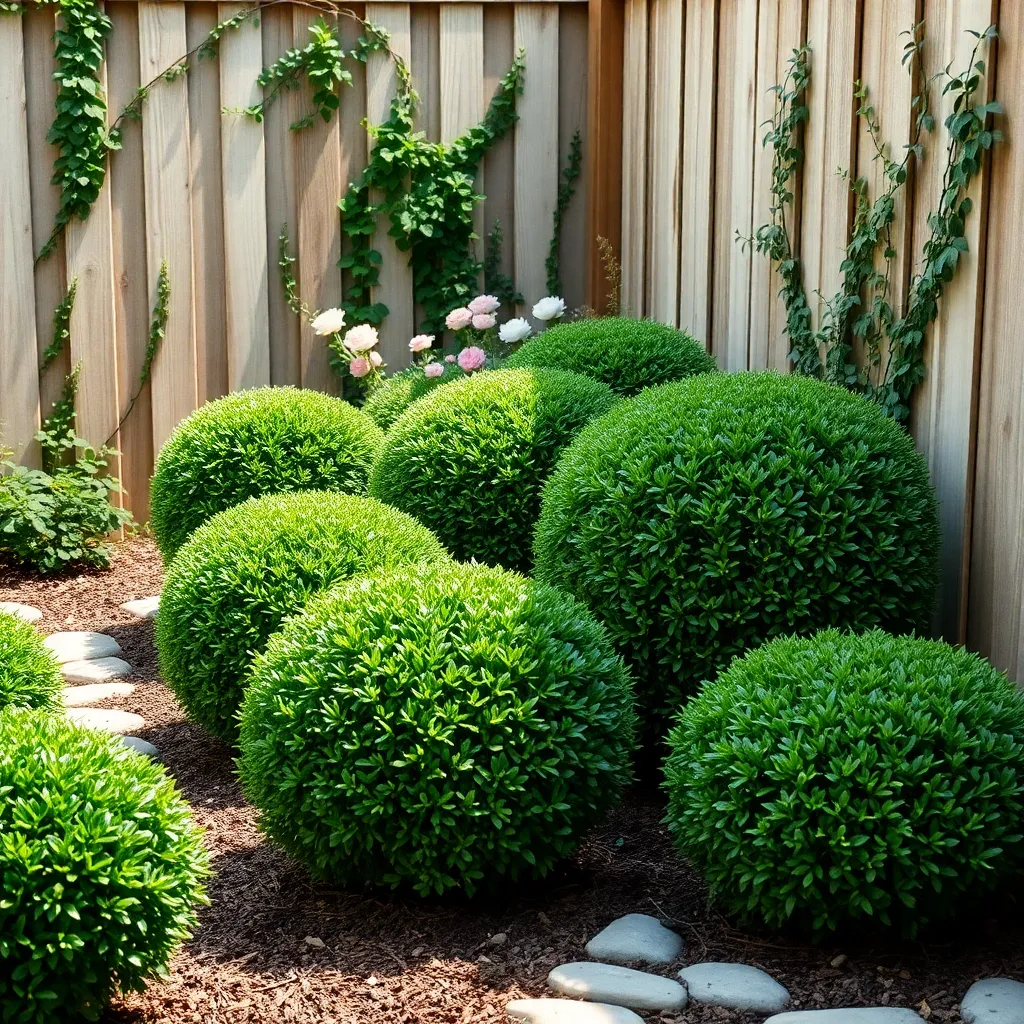
Dwarf boxwood shrubs are an excellent choice for small yards due to their compact size and evergreen foliage. These shrubs are known for their dense growth habit, making them perfect for low hedges or as standalone features.
For successful growth, plant dwarf boxwoods in well-draining soil with a pH between 6.5 and 7.5. They thrive in areas with partial to full sun exposure, but can also tolerate some shade, which makes them versatile for different yard orientations.
Watering needs are minimal once established, making dwarf boxwoods a low-maintenance option. Initially, water them regularly to help develop a strong root system, but once mature, they only need watering during prolonged dry spells.
To keep your dwarf boxwoods looking their best, consider an annual pruning in late winter or early spring. This not only maintains their shape but also encourages healthy new growth, ensuring they remain lush and vibrant throughout the year.
Vertical Plant Stands (Space-Saving Solutions)
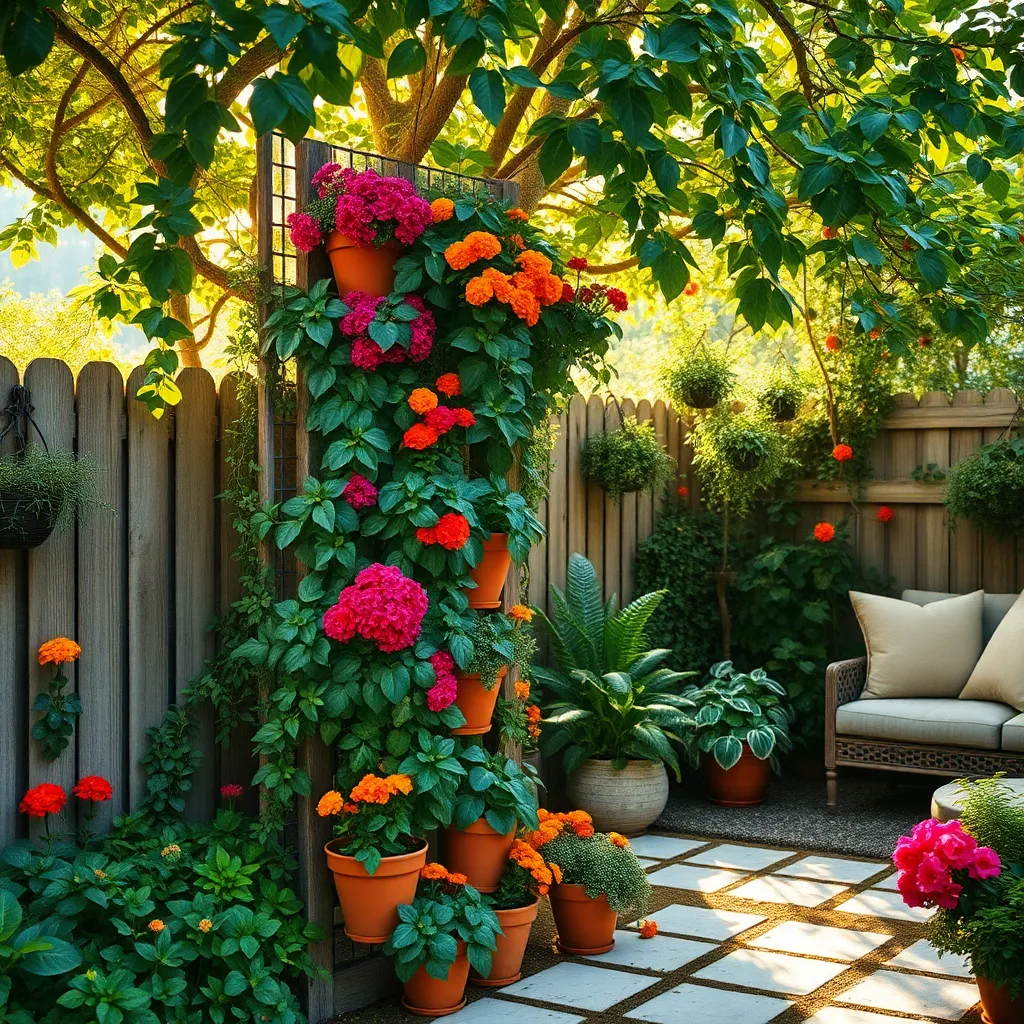
Vertical plant stands are an excellent way to maximize limited space in small yards, allowing you to create lush, multi-tiered displays. These stands can hold a variety of plants, from vibrant flowers to practical herbs, giving you the flexibility to design a visually appealing and functional garden.
When selecting plants for your vertical stand, consider those that thrive in containers, such as succulents, ferns, or even strawberries. Choose plants with similar light and water requirements to ensure consistent care across your vertical garden.
Ensure your vertical plant stand is stable and made of weather-resistant materials like metal or treated wood to withstand outdoor conditions. Position your stand in a location that matches the sunlight needs of your chosen plants, whether it’s a sunny patio or a shaded corner.
Watering is crucial in vertical gardening, as containers can dry out more quickly than ground soil. Consider installing a simple drip irrigation system or water-retentive soil mix to maintain even moisture levels.
Compact Perennial Flowers (Colorful, Year-Round Blooms)
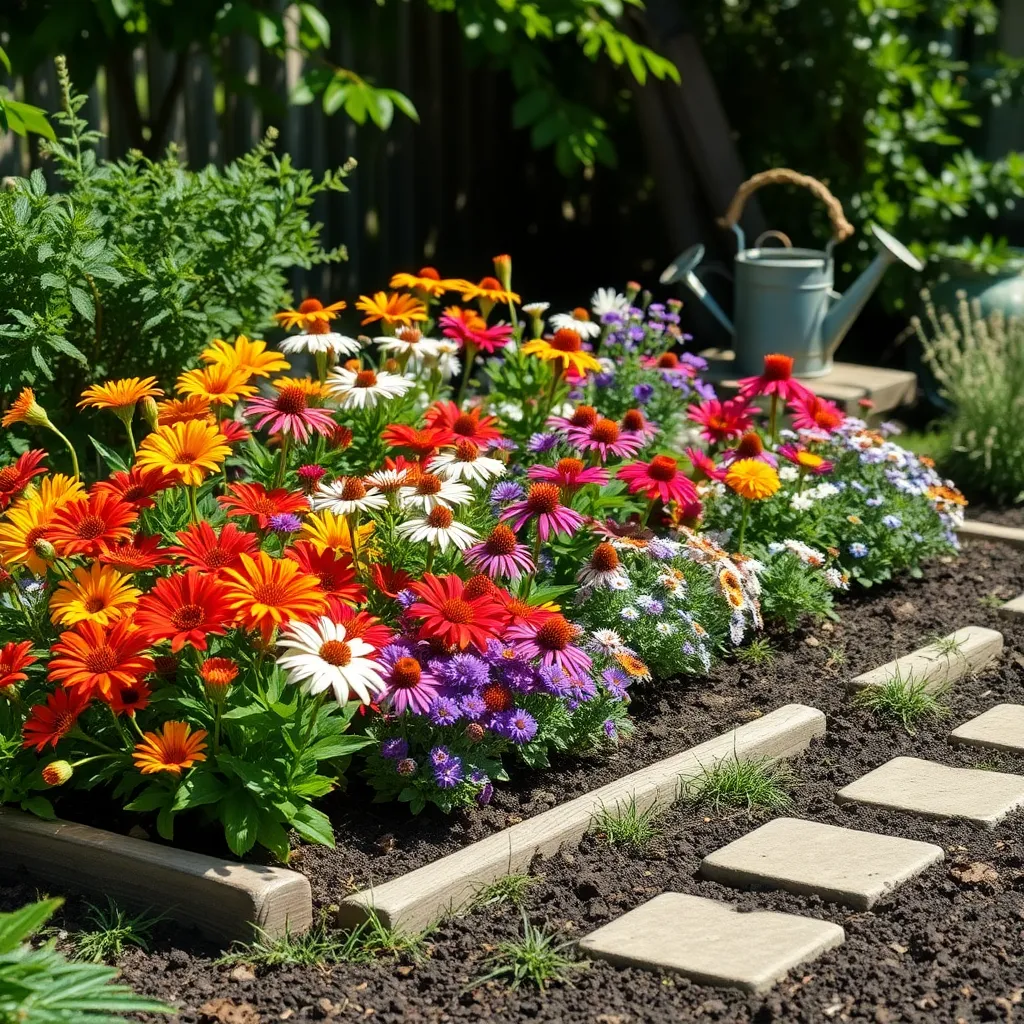
Compact perennial flowers are a fantastic choice for small yards, offering year-round color with minimal space requirements. These plants are perfect for gardeners who want vibrant blooms without sacrificing too much room for other elements.
When selecting compact perennials, consider options like Coreopsis and Geranium Rozanne, known for their long blooming periods and ease of care. Both varieties thrive in well-drained soil and require full sun to partial shade, making them versatile for different garden spots.
Watering needs for compact perennials generally depend on the climate and soil conditions. As a rule of thumb, provide a deep watering session once a week, adjusting frequency during particularly hot or dry periods.
For those looking to maximize bloom time, regular deadheading is essential. This simple practice not only encourages more blooms but also helps maintain the plant’s compact shape, making it ideal for limited spaces.
Self-Watering Planters (Effortless Hydration)
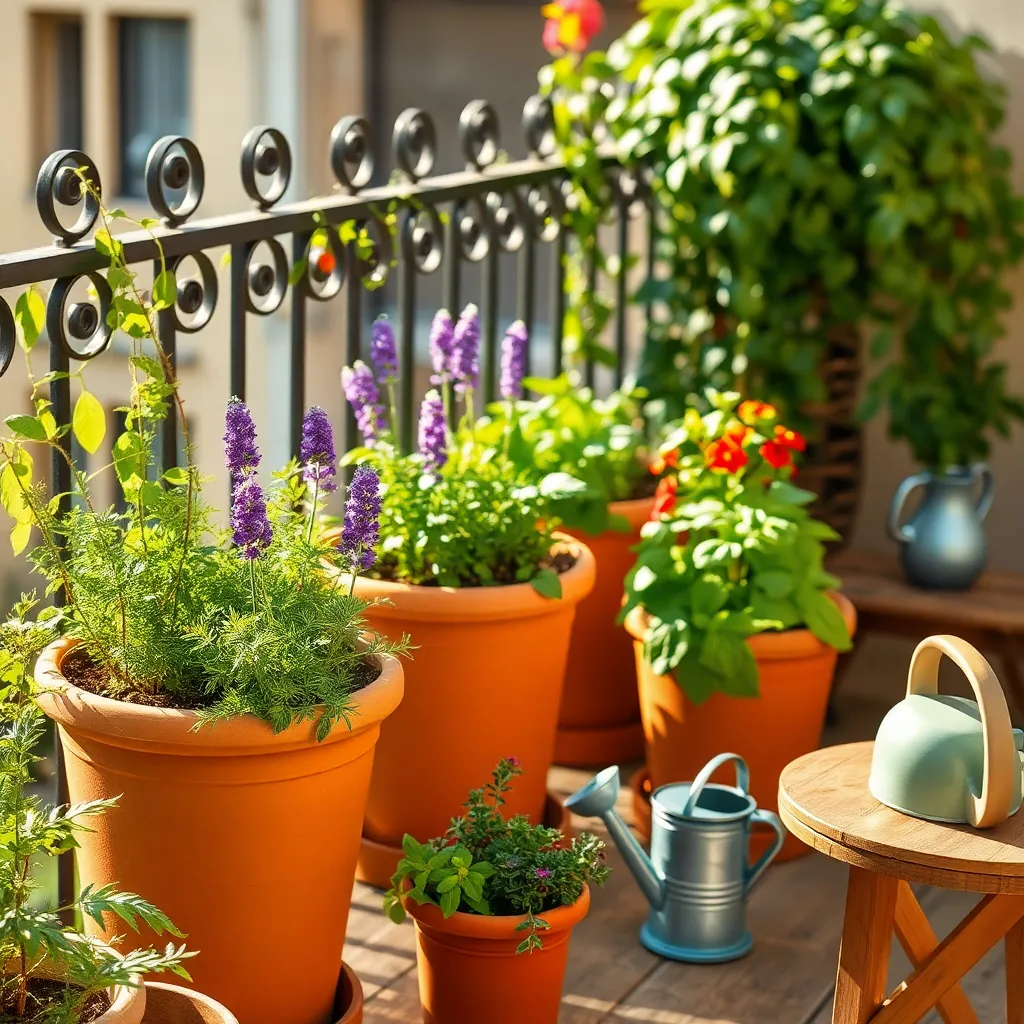
To make the most of limited space in small yards, incorporating self-watering planters can be a game changer. These planters ensure that your plants receive consistent hydration, reducing the risk of under or over-watering.
Self-watering planters work by using a reservoir system to supply water directly to the plant’s roots. This is particularly beneficial for gardeners who may not have time for daily watering or those who travel frequently.
Choosing the right soil is crucial when using self-watering planters, as it must be adequately aerated to allow water to reach the roots effectively. A mix containing peat moss, vermiculite, and perlite is recommended to maintain moisture without becoming waterlogged.
For plants that thrive in small yards, consider using self-watering planters to grow herbs like basil and thyme, which require consistent moisture levels. These herbs will flourish with the even hydration provided by the reservoir system, ensuring lush, flavorful growth.
Advanced gardeners can maximize the efficiency of self-watering planters by adding a layer of mulch on top of the soil. This helps reduce evaporation and keeps the soil temperature stable, creating an optimal growth environment for your plants.
Espalier Fruit Trees (Artistic and Productive Growth)
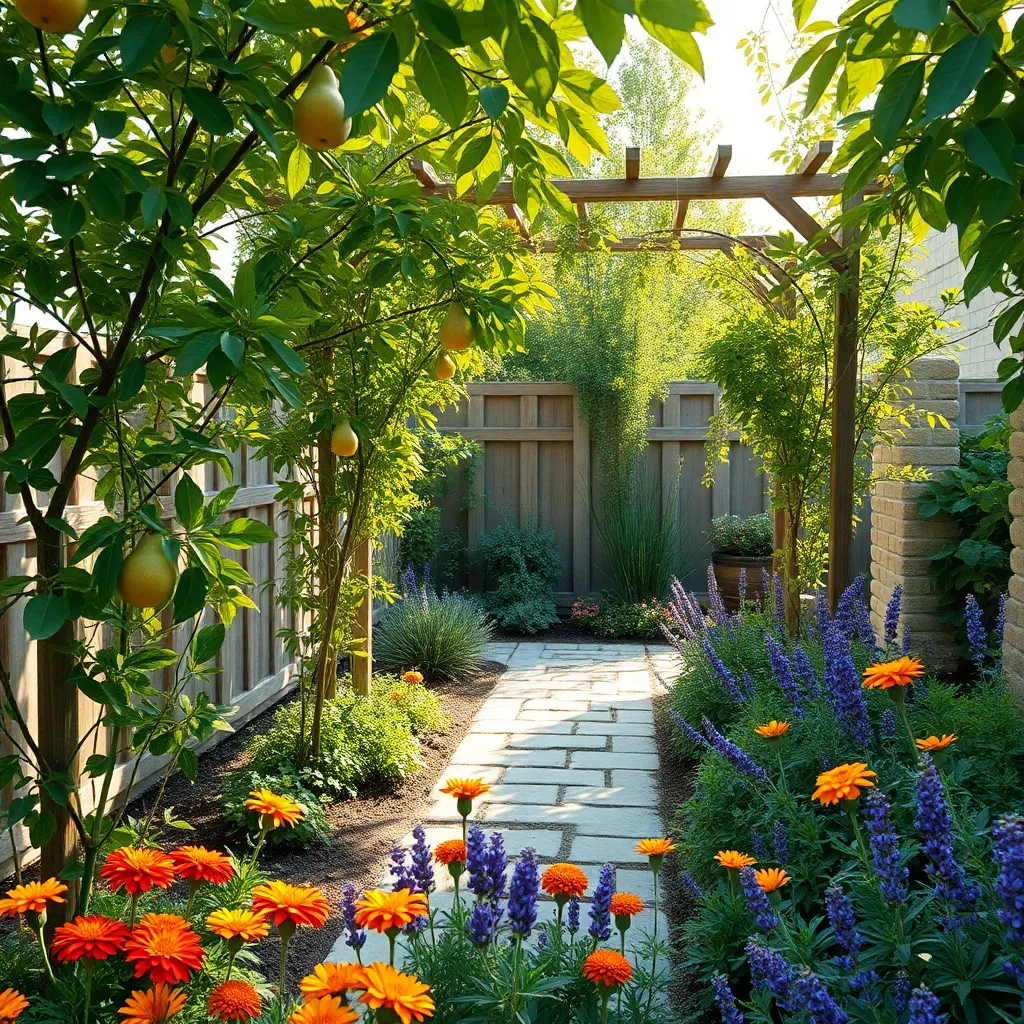
Espalier fruit trees are a perfect solution for small yards, offering both beauty and productivity. By training these trees to grow flat against a wall or fence, you maximize space while creating an artistic display.
Start by selecting a suitable tree, such as apple, pear, or fig, which are popular choices for espalier. It’s essential to choose a sunny location with well-draining soil to ensure healthy growth and abundant fruit production.
Begin the training process by planting your tree and attaching its branches to a support structure like a trellis or wire framework. Prune regularly to maintain the desired shape, removing any shoots that do not align with your design.
For beginners, focus on simple patterns like the horizontal cordon or fan shape, which are easier to manage. Advanced gardeners may try more intricate designs, but it’s important to remember that patience and consistency are key to successful espalier.
Conclusion: Growing Success with These Plants
In exploring the world of outdoor plants for small yards, we’ve uncovered five key relationship-building concepts: nurturing growth, fostering adaptability, valuing diversity, creating harmony, and celebrating resilience. Just as each plant thrives under different conditions, so do relationships flourish with care and attention. By understanding these principles, you can cultivate not only a beautiful garden but also a thriving partnership.
As an immediate step, consider choosing a plant together that symbolizes your shared journey, planting it as a living testament to your commitment. This simple act can serve as a reminder of the growth and nurturing your relationship needs.
Be sure to bookmark this article as your go-to guide for both garden and relationship success, ensuring you have these valuable insights at your fingertips whenever you need inspiration or guidance. Remember, just as a garden evolves with the seasons, your relationship, too, can grow and adapt, flourishing with each new experience. Embrace the journey, and watch as your relationship blossoms into a source of joy and fulfillment. Your future together is a garden waiting to grow; take the first step today.

